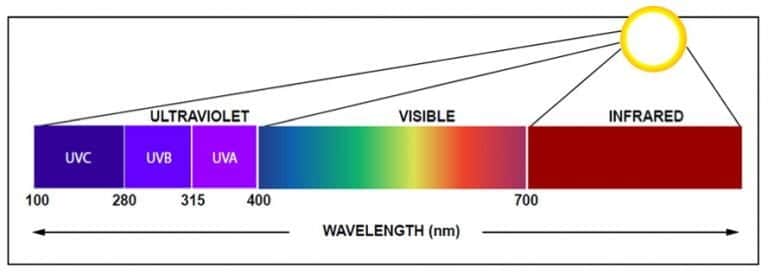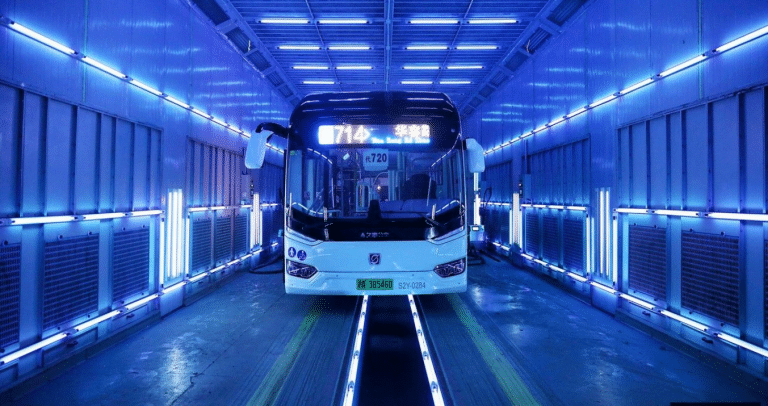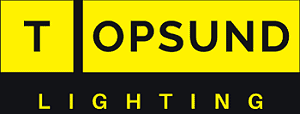Researchers at Pennsylvania State University, the University of Minnesota, and two Japanese universities say they can now use a simple device to emit high-intensity ultraviolet light to disinfect the area by killing coronavirus.
There are two common methods to disinfect and disinfect bacterial and viral areas: use chemicals or exposure to ultraviolet radiation. This radiation is in the range of 200 to 300nm and is known to destroy viruses, preventing them from multiplying and infecting. In the current world pandemic situation, the widespread use of this more effective ultraviolet method is very much needed, but it needs an ultraviolet radiation source that can emit a sufficiently high dose of ultraviolet rays
what is UV light?
Ultraviolet rays, or more precisely ultraviolet radiation, is like electromagnetic radiation like visible light, x-rays, and radio waves. The wavelength of ultraviolet light is slightly shorter than the wavelength of visible light.

Just as visible light is divided into different colors, ultraviolet radiation is also divided into groups: ultraviolet a, ultraviolet b, and ultraviolet c.
The wavelength of UVC is the shortest (100-280 nm), and all UVC from the sun is absorbed by the upper atmosphere. The wavelength of Uvb is slightly longer (280-315 nm), some of which extend to the earth. Uva radiation has the longest wavelength (315-400 nm) and is hardly absorbed in the atmosphere.
UV light for treatment and disinfection
As early as 1877, people discovered the sun’s cleaning and sterilizing effects. In 1908, Niels Lubery Fenson won the Nobel Prize in Physiology/Medical for discovering that ultraviolet rays have a positive effect on skin tuberculosis.
In 1910, Marseille, France, opened the first ultraviolet treatment facility for drinking water, after which the technology was passed to the United States. However, in the 1930s, ultraviolet sterilization was abandoned due to technical defects. Around 1990, UV treatment technology was revived. It was found that UV radiation can effectively treat two microorganisms that have been proven to be highly resistant to chlorine. Since then, interest in UV disinfection has been steadily increasing. UVC lamps are used for treatment and disinfection.
Can germicidal UV light kill viruses?
Ultraviolet sterilization light can actually change the DNA and RNA of bacteria and viruses and destroy their ability to reproduce.
IES pointed out that viruses are not living organisms, so ultraviolet sterilization technology cannot “kill” them. On the contrary, we can say that ultraviolet sterilization “inactivates” the virus, and it does kill the bacteria.
Bacteria may be resistant to other substances such as antibiotics, but they cannot increase resistance to ultraviolet light
However, a concentrated form of UVC light is now on the front line against new coronavirus pneumonia tissue. In China, the entire bus is illuminated by ghostly blue light every night, and those squatting, ultraviolet-emitting robots clean the floor in the hospital. The bank even used this lamp to sterilize their money.

UV light and safety
Like all ultraviolet radiation, UVC is harmful to humans. Therefore, direct contact with UVC should be avoided. However, UVC is actually blocked by many different materials, including glass and most plastics. UVC also does not produce any residues that need to be removed or neutralized after disinfection. so when you use the UVC light, please be away from it.

If you have interest in this UVC light, please check this document here

